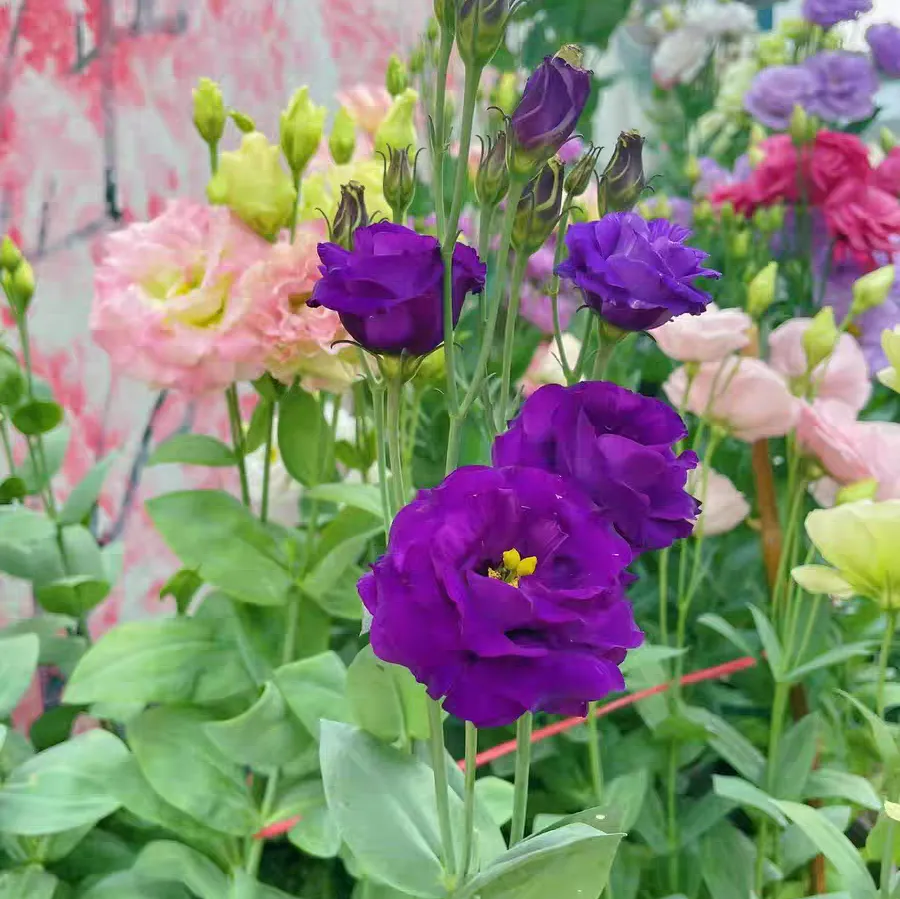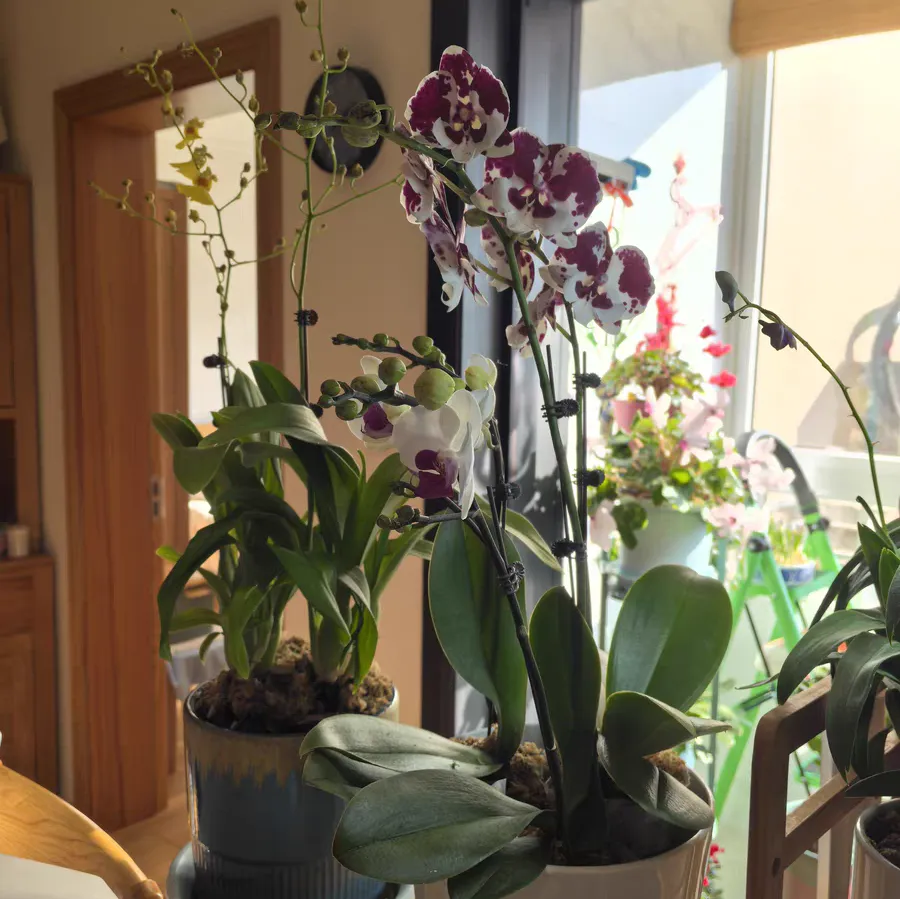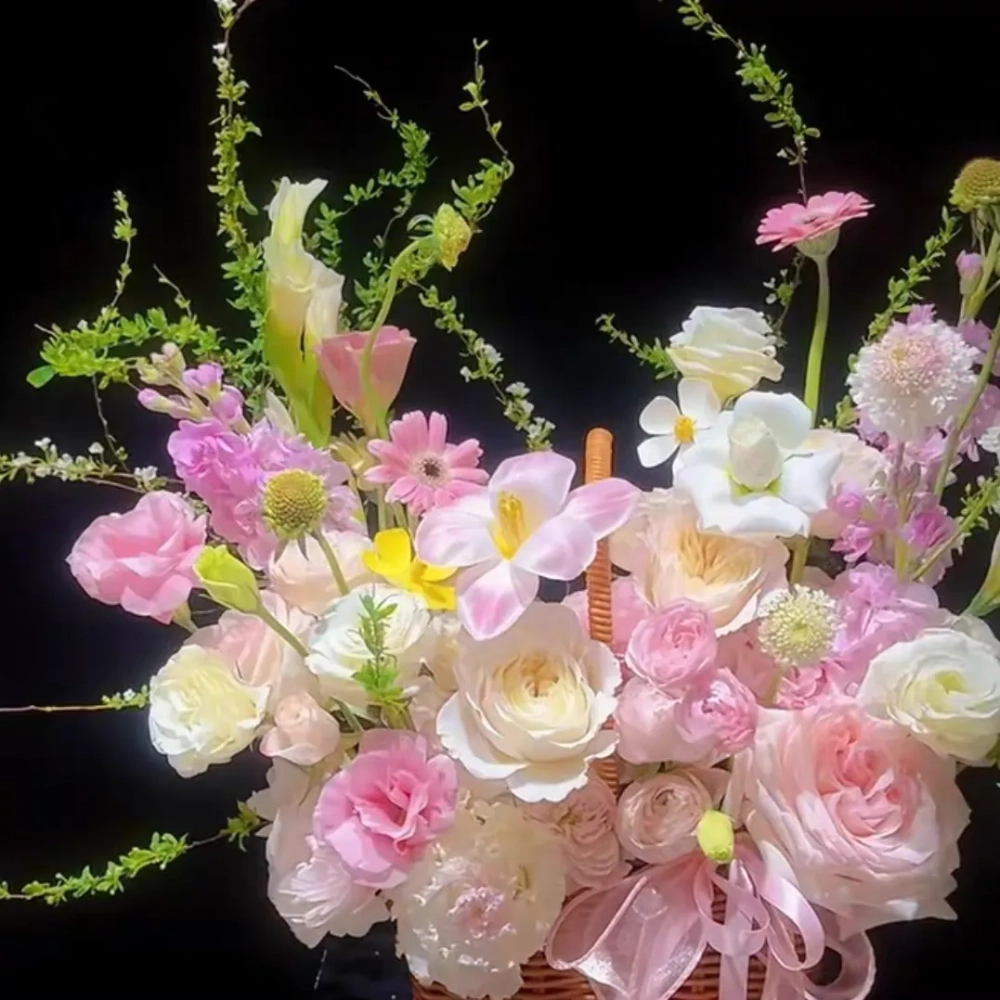Entering the flower market, you'll be dazzled by a wide variety of plants. Don't rush. By learning the following selection techniques, you can bring home the green plants in the best condition.
Purchase Guide for Foliage Plants
Leaves are undoubtedly the core of the charm of foliage plants. When selecting, ensure that the leaves are intact without any notches or insect holes. For example, for Epipremnum aureum, the leaves should be plump and brightly green. If there are yellow or black spots, it may indicate poor maintenance or the presence of diseases. Check the brightness of the leaves. Healthy leaves have a natural luster. Take Sansevieria trifasciata as an example. A good gloss indicates that it is growing vigorously and can adapt to a new home more quickly. Gently shake the plant. If a large number of leaves fall off, it may imply hidden problems with the roots.
The stems should not be overlooked either. Take Dracaena sanderiana as an example. The stems should be straight and thick. Such plants have sufficient nutrient reserves and strong vitality. If the stems appear weak and bent, the plant may have been invaded by pests and diseases or be in poor growth condition.
Purchase Tips for Flowering Plants
For flowering plants, the first thing to pay attention to is the flower buds. For example, for Kalanchoe blossfeldiana, choose the ones with dense and plump flower buds, which indicates that there will be a profusion of flowers in the future. At the same time, notice whether there are already blooming flowers. The blooming flowers should have bright colors and no fading. If a large number of flowers are starting to wither, it means that the flowering period of the plant is coming to an end, and the viewing time will be shortened.
The shape of the flowers is also important. Take Phalaenopsis as an example. The petals should be complete, unfolded, without deformities or defects. If the stamens show signs of blackening or mildewing, be sure to avoid buying, as this may be a sign of fungal infection.
Purchase Strategies for Succulent Plants
The key to buying succulent plants lies in the leaves. The leaves should be thick and compact. Take Cotyledon tomentosa as an example. Its chubby leaves are like little bear paws, which are very cute. If the leaves are shriveled or wrinkled, it may be due to lack of water or damaged roots. Gently touch the leaves. Elastic leaves indicate health, while soft ones indicate poor condition.
The overall plant shape should not be underestimated. Take Sempervivum tectorum as an example. A perfect plant shape presents a standard rosette, with evenly distributed leaves. If the plant shape is loose, it may be caused by insufficient light or excessive elongation, affecting its ornamental value.
Inspection of Soil and Roots
Regardless of what kind of plant you are buying, checking the soil is crucial. The soil should be loose, breathable, and not compacted. If the soil is sticky, it is not conducive to the growth of plant roots. Gently lift the plant. If the roots hold the soil firmly, it indicates that the roots are growing well.
Some merchants sell bare - rooted plants, such as some orchids. At this time, carefully observe the roots. Healthy roots should be white or light yellow, thick, and with fibrous roots. If the roots are black and rotten, do not buy.
Other Precautions
In addition to the plants themselves, the adaptability to the environment also needs to be considered. If there is insufficient light in your home, avoid choosing Adenium obesum, which loves light, and Monstera deliciosa, which is shade - tolerant, is more suitable.
Communication with the merchant is also crucial. A reliable merchant can provide maintenance advice to help the plant adapt to the new home more quickly. Mastering these purchase techniques, the next time you visit the flower market, you can easily pick your favorite and healthy green plants!
Tagged in :





Leave a Reply